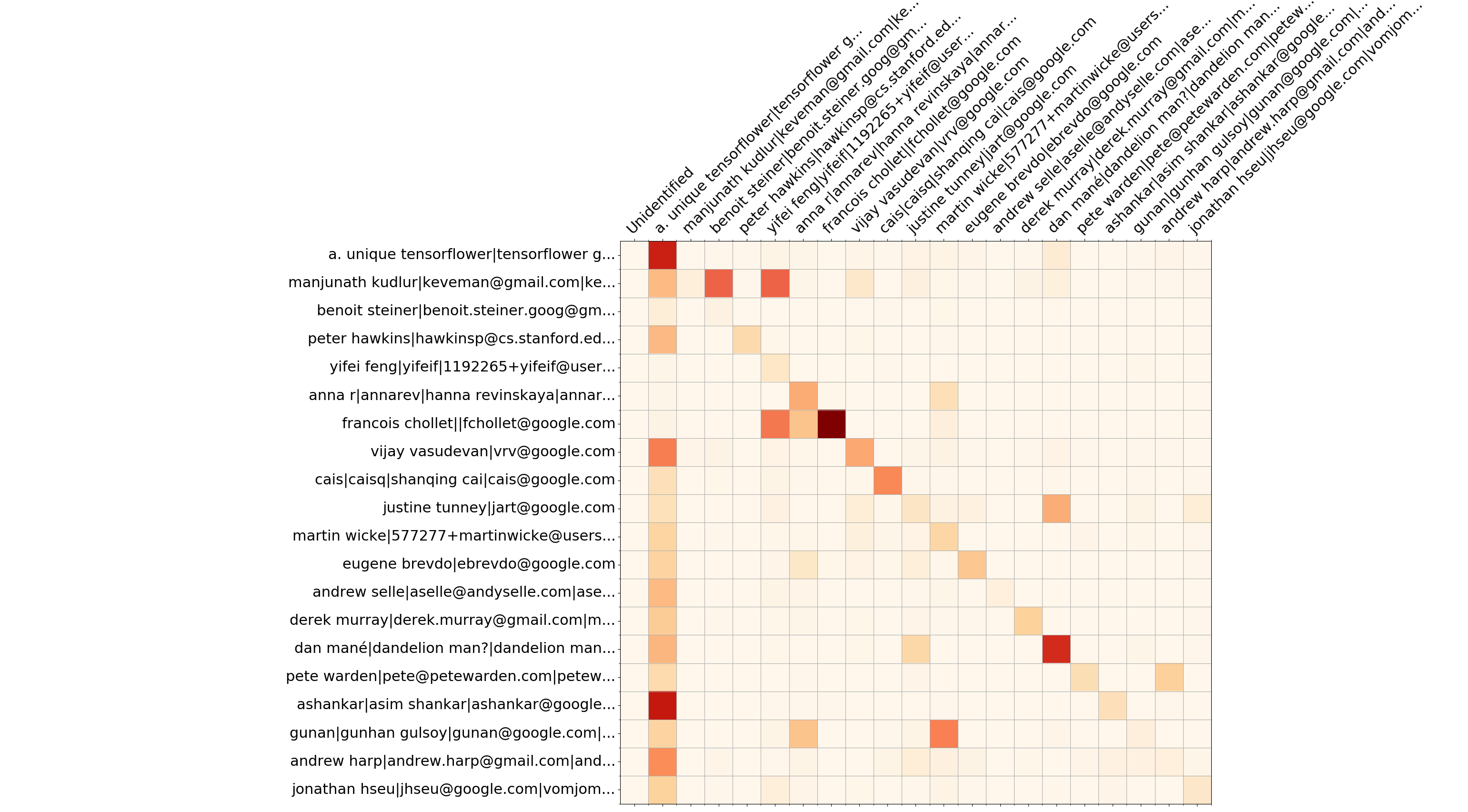siva
- Archive format similar to TAR
- Low-cost append
- Constant-time random file access
- Effective
git pushinside


Vadim Markovtsev, source{d}.
Vadim Markovtsev
source{d}
| LoC, 10⁶ | |
|---|---|
| Chrome | 20 |
| Windows 10 | 50 |
| 70 | |
| Eclipse Foundation | 160 |
| Apache Foundation | 190 |
| 2,000 | |
| GitHub | >56,000 |
git push inside

seek()seek()
$ srcd init /path/to/git/repos
$ srcd web sql
SELECT r.repository_id, COUNT(*) AS commit_countFROM ref_commits AS rWHERE r.ref_name = 'HEAD'GROUP BY r.repository_idORDER BY commit_count DESC LIMIT 10



$ srcd web parse
SELECT files.repository_id, files.file_path,ARRAY_LENGTH(uast_extract(UAST(files.blob_content,LANGUAGE(files.file_path, files.blob_content),'//*[@roleFunction and @roleDeclaration]'), 'token')) as functionsFROM files NATURAL JOIN ref_commits AS rcWHERE rc.ref_name = 'HEAD' AND rc.history_index = 0AND LANGUAGE(files.file_path, files.blob_content) = 'Go'
git blame foo.py
class Foo:def bar(self):print("!")
class Foo:def bar(self):print("?")def baz(self):print("!")
class FooBarBaz:def bar(self):"""..."""print("yo")def baz(self):print("!")
hercules --burndown --first-parent --pb \
git://github.com/torvalds/linux | \
labours.py -m project -f pb


hercules --burndown --burndown-people --pb \
git://github.com/tensorflow/tensorflow | \
labours.py -m churn_matrix -f pb
hercules --couples --pb \
git://github.com/tensorflow/tensorflow | \
labours.py -m couples -f pb
It is also possible to embed developers, functions and classes.